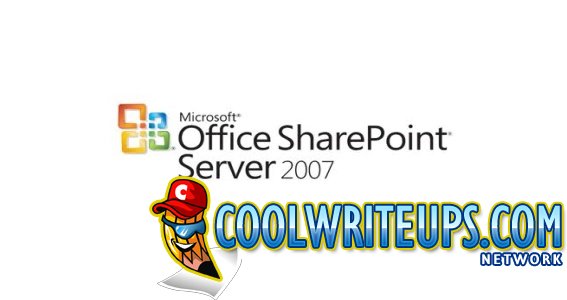
Alternate Access Mapping (AAM) in MOSS 2007
I came across quite a few articles on this subject but I decided to do things a little differently to get alternate access mappings (AAM) to work with my MOSS 2007 website.
Some articles or forum posts will suggest you go to the Operations tab in Central Administration, click on Alternate Acces Mappings and then manually add a new entry. I suggest you don’t do this, instead in order to create a new alternate access mapping such as http:team, I suggest you do the following:
To get this to work successfully you will need the following:
- Windows Server 2003 with latest service pack;
- SQL Server 2005 with latest service pack;
- MOSS 2007; and
- Active Directory installed.
My configuration consists of a single Virtual Machine with Windows Server 2003, SQL Server 2005, MOSS 2007, Active Directory and Visual Studio 2008 installed.
So let’s proceed with the following steps:
- In Central Administration, go to Application Management;
- Click the Create or Extend Web Application link;
- Click the Extend an existing Web application link;
- Change your Web Application selection from No selection to your Default Web site;
- In the IIS Web Site section, ensure the Create a new IIS web site radio button is selected;
- In the Port textbox enter 80;
- In the Description, enter your alternate access mapping name. Eg: SharePoint – Team;
- In the Host Header textbox enter Team;
- Select either NTLM or Kerberos authentication;
- In the Load Balanced URL section, ensure your URL is http://team; and
- Select Intranet in the Zone dropdownlistbox and click OK.
Once you complete the above configuration, you will need to add a New Host(A) entry to your DNS server. This is how you do it:
- Go to Start > Administrative Tools > DNS;
- In the left navigation space, under DNS you will find your main web server, under that click Forward Lookup Zones;
- Then right click your DNS server name, NOT the _msdcs folder, the one below it and select New Host (A);
- In the New Host window enter the name for your AAM, in this case Team and enter the IP address of the webserver that hosts the Default Web Site you are mapping to. Leave everything else as default in the New Host window; and
- Reboot your VM or server.
Once you’ve completed the alternate access mapping (AAM) configurations above, open up a new browser session and enter http://team/. You should now be able to see your previous default website, which probably had a url like http://servername, open up with the new alternative URL http://team.
If you are running Firefox, you may be prompted to enter your login name and password which you can turn off by following the instructions in my previous article How To: Disable Login Prompt in MOSS 2007 and SharePoint 2010 in Firefox Browser.
Good luck.
Derek Halstead is a SharePoint consultant as well as the founder and principal of CertifiedSolutionsAustralia.com and CoolWriteups.com. He has 16 years of experience in the IT industry, with over ten years focused on Microsoft SharePoint. He can be reached by using the Contact Me link in the top menu.